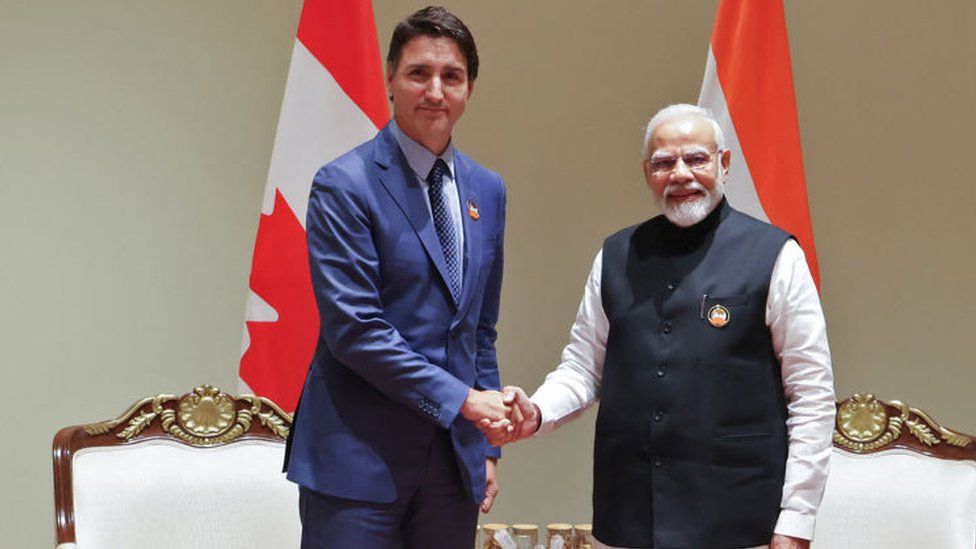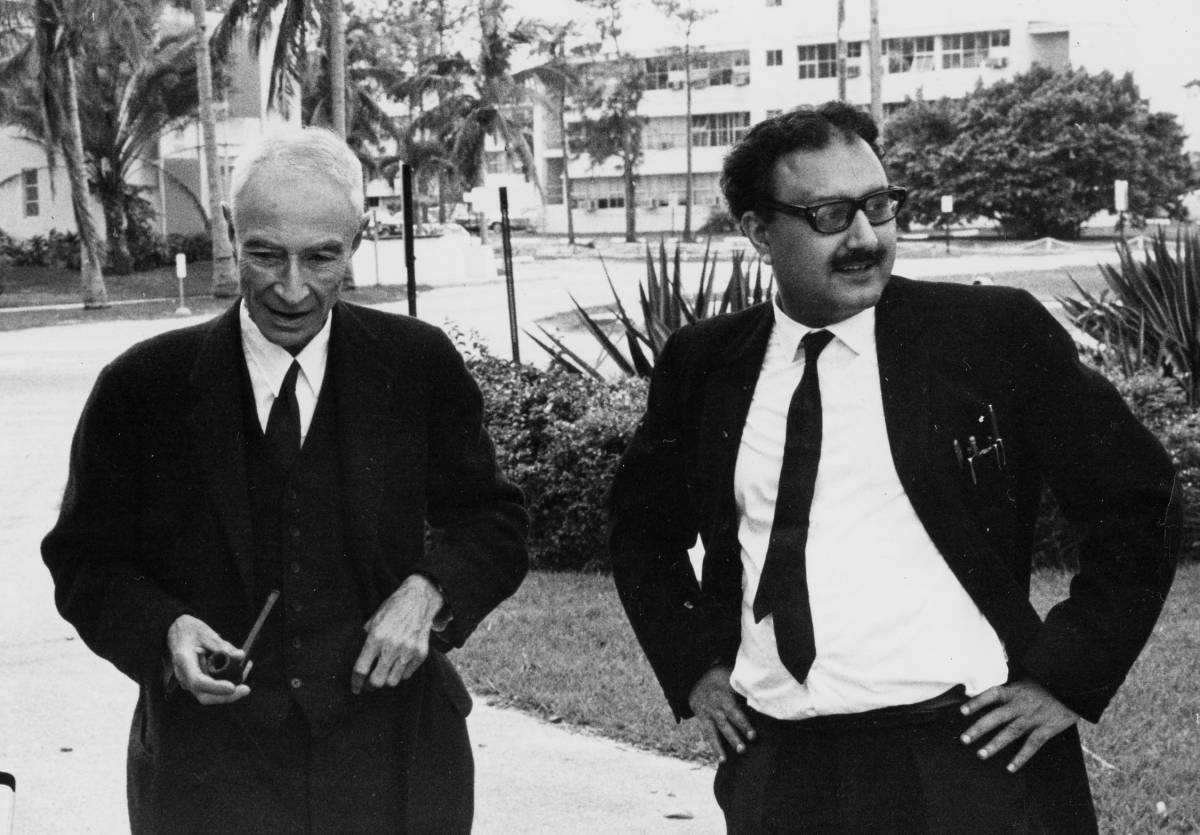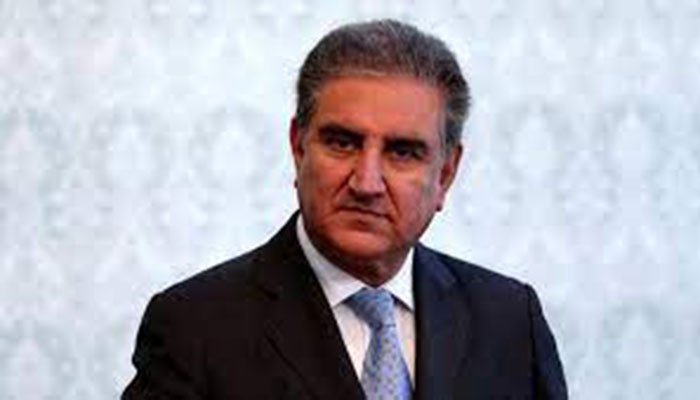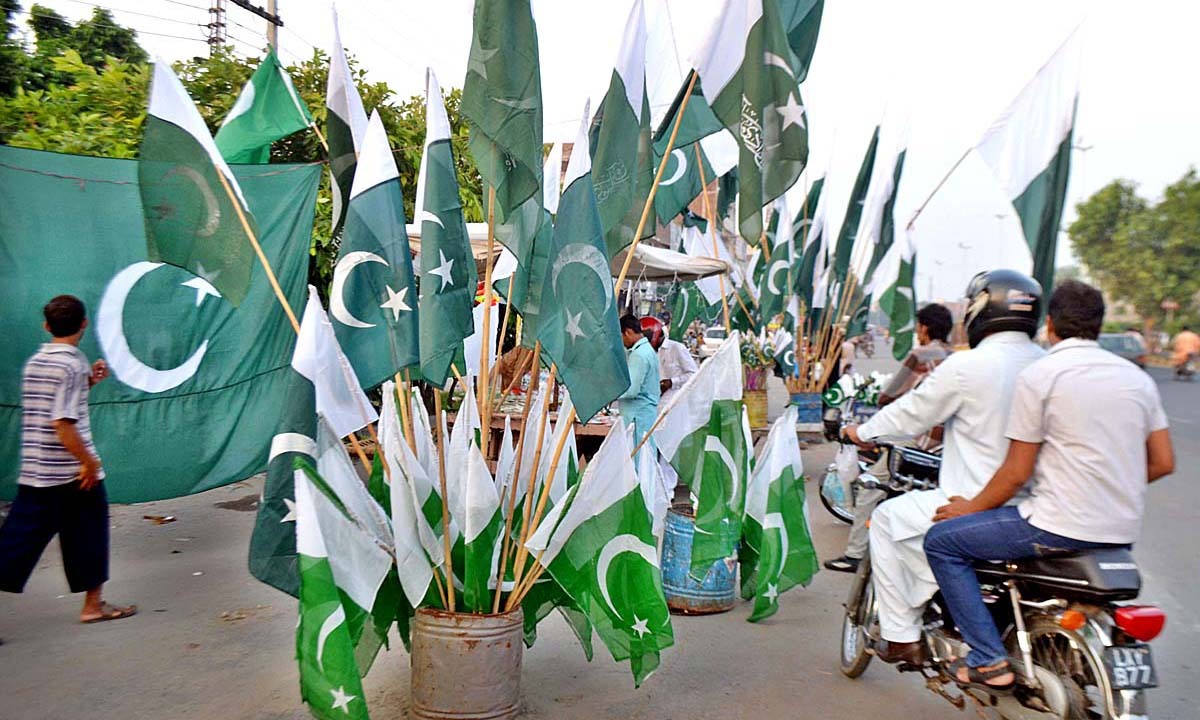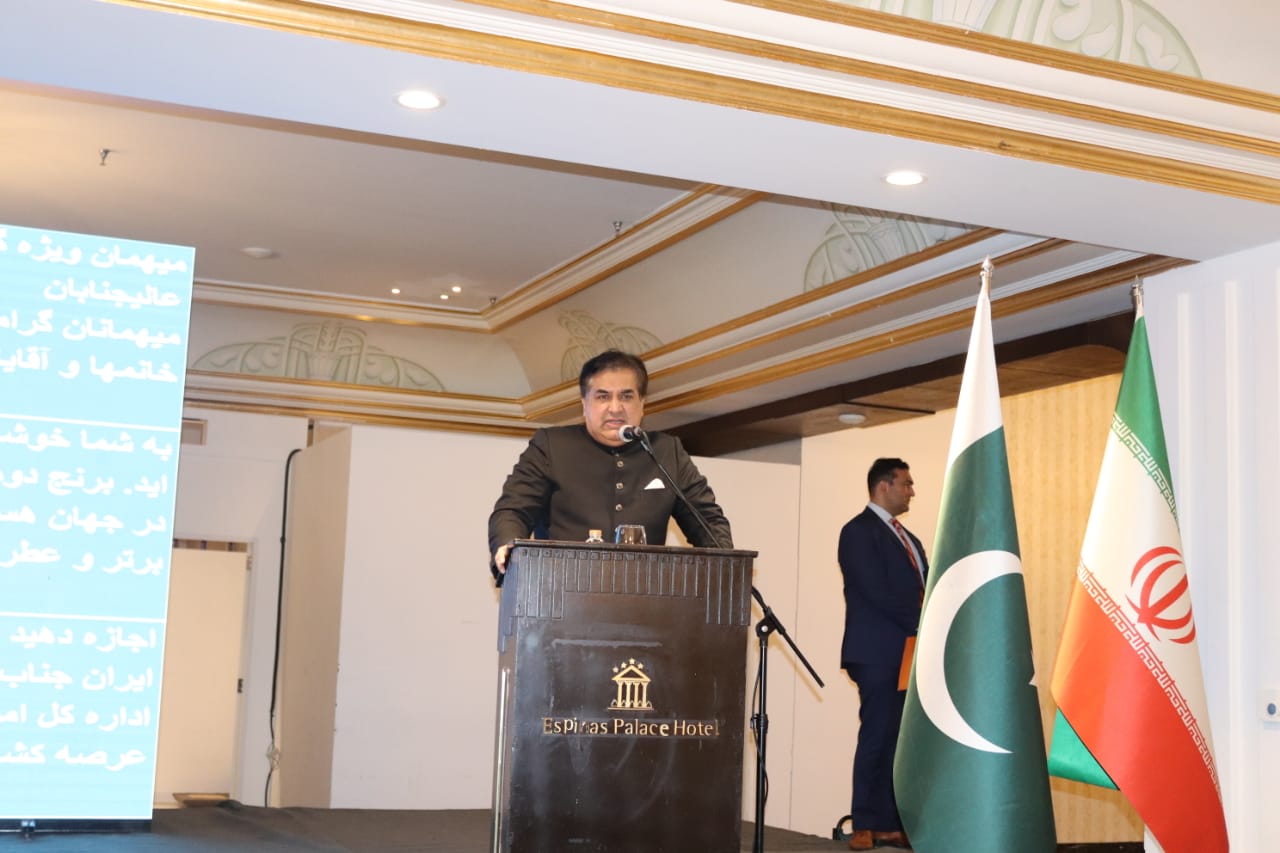Western intelligence shared among the Five Eyes alliance has led Canada to publicly accuse the Indian government of potential involvement in the assassination of Sikh separatist activist Hardeep Singh Nijjar on Canadian soil. The allegations, made by Canadian Prime Minister Justin Trudeau, have plunged relations between Canada and India into turmoil, escalating into a diplomatic standoff with far-reaching implications.
Five Eyes Collaboration Unveils Critical Information
The foundation of this explosive accusation lies in intelligence sharing among the Five Eyes alliance, which includes the United States, the United Kingdom, Canada, Australia, and New Zealand. The US Ambassador to Canada, David Cohen, confirmed the existence of shared intelligence that catalyzed Canada’s statement implicating India. While Cohen did not explicitly specify the source of this intelligence, he emphasized the crucial role played by the Five Eyes partnership in this matter.
“I’m confirming that there was shared intelligence among Five Eyes partners that helped lead Canada to making the statements that the prime minister made,” Ambassador Cohen stated during a Sunday interview on CTV’s Question Period. However, he remained tight-lipped regarding whether the shared intelligence originated from the United States.
Escalating Diplomatic Row Between Canada and India
The repercussions of Canada’s accusations against India have been swift and substantial. In a retaliatory move, both nations expelled senior diplomats, threatening to strain their diplomatic ties further. India further escalated the conflict by suspending visa services for Canadian citizens, citing “security threats” against its diplomats in Canada.
Ambassador Cohen revealed that the United States had expressed its concerns to India regarding these allegations and called upon New Delhi to cooperate with Canada’s investigation. Cohen underscored the gravity of the situation, stating, “If they prove to be true, it is potentially a very serious breach of the rules-based international order.”
Canadian Defense Minister Bill Blair attempted to shift the focus from intelligence to the criminal investigation into Nijjar’s assassination. While he stressed the importance of the Five Eyes partnership, he refrained from disclosing the sources of Canada’s intelligence. “We’d be able to move beyond credible intelligence to evidence, strong evidence, of exactly what happened,” Blair stated, emphasizing the need for collaboration between Canada and India to uncover the truth.
Complex Historical Context Surrounding Khalistan Movement
The controversy surrounding Nijjar’s assassination is deeply rooted in the historical context of the Khalistan movement. The Indian government has long accused Canada of insufficient action against what it perceives as Sikh separatist extremism aimed at establishing Khalistan, a separate Sikh homeland encompassing parts of India’s Punjab state.
Hardeep Singh Nijjar was a vocal supporter of Khalistan’s creation, a stance that India views as a severe national security threat. Various groups associated with Khalistan are designated as “terrorist organizations” under India’s Unlawful Activities (Prevention) Act (UAPA). In 2020, the Indian National Investigation Agency accused Nijjar of attempting to radicalize the global Sikh community in favor of Khalistan’s creation.
However, several Sikh organizations abroad assert that the Khalistan movement is wrongly equated with terrorism by the Indian government. They continue to advocate for Khalistan’s peaceful establishment while shedding light on alleged human rights abuses faced by the Sikh community in India.
The killing of Nijjar in June, when he was gunned down outside a Sikh temple in western Canada by two masked assailants, sent shockwaves through the Sikh community in Canada, one of the largest Sikh populations outside India, comprising over 770,000 members.
Canadian authorities have yet to make any arrests in connection with Nijjar’s murder. In August, the police released a statement indicating that they were investigating three suspects and issued a description of a potential getaway vehicle, seeking assistance from the public in resolving this high-profile case.
As the diplomatic row between Canada and India intensifies, the international community watches closely, hoping for a peaceful resolution that addresses both the accusations and the underlying complexities of the Khalistan movement.

